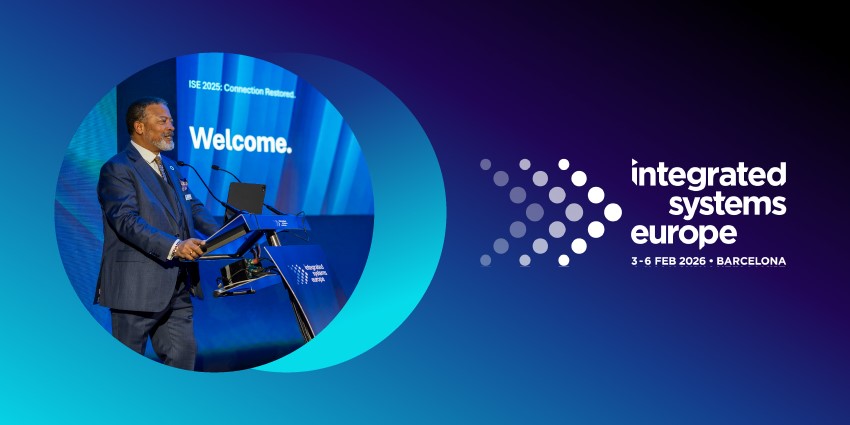monday.com has launched a major AI-driven overhaul with the release of three new tools – monday magic, monday vibe, and monday sidekick – marking a strategic move towards intelligent work execution.
Rather than serving solely as a configurable collaboration and tracking platform, the company is now emphasising AI-generated workflows, low-code/no-code app development, and digital assistant functionality – all aimed at automating the setup, customisation, and execution of everyday business processes.
“At monday.com, we’re not just layering AI onto our platform, we’re rethinking how software is built and used,” said Daniel Lereya, Chief Product and Technology Officer, monday.com.
This launch marks a significant step forward, with AI deeply embedded across the platform to help teams move faster and focus on what truly drives impact.
“As part of that, we’re introducing new capabilities like monday vibe, our AI app builder that lets anyone create custom views, dashboards, and workflows with just a prompt, unlocking a new level of flexibility and speed.”
With over 245,000 customers globally, the move signals monday.com’s ambition to make AI-driven software creation and automation accessible to a broader user base.
A Closer Look at the New Capabilities
monday magic: AI-Generated Workflows
The first of the three new capabilities, monday magic, introduces a natural language interface for creating workflows. Users can describe their needs in a single sentence, and the platform auto-generates a structured board with relevant columns, automations, and prebuilt processes.
While this approach lowers the barrier to entry for non-technical users, it also raises questions about the flexibility and accuracy of AI-generated workflows. The platform’s success here will depend on how well it can interpret nuanced business requests and how easily users can tweak the results when the output doesn’t fully align with their needs.
For IT leaders, the key concern is whether this kind of AI-generated setup simplifies or complicates governance. Automating the creation of workflows may speed things up, but it could also increase the risk of inconsistent or duplicative processes if not adequately monitored.
monday vibe: No-Code App Building with Security in Mind
monday vibe extends the platform’s low-code/no-code capabilities by allowing users to build custom business applications – like dashboards, internal tools, or client-facing interfaces – without writing code.
monday.com says it meets enterprise-grade security standards and allows users to either develop tools for internal use or contribute them to the company’s marketplace.
This move mirrors similar initiatives by platforms like Salesforce, Microsoft Power Platform, and ServiceNow, all of which offer increasingly robust no-code environments.
The differentiator monday.com is emphasising is accessibility: a simplified UI designed for non-technical users without compromising security or compliance.
Still, for CIOs and IT departments, any influx of user-generated tools poses governance challenges. Without proper oversight, decentralized app creation can lead to data sprawl, access control gaps, or maintenance burdens over time.
monday.com will need to offer strong administrative tooling, visibility, and integration with existing IT systems to gain long-term traction in enterprise environments.
monday sidekick: A Personalized AI Assistant
The most ambitious of the three features is monday sidekick, a context-aware digital assistant that understands a user’s company, role, and responsibilities.
It’s designed to proactively recommend or complete tasks, with use cases ranging from booking resources to managing document workflows.
This aligns with broader trends in enterprise AI, where digital assistants and copilots are increasingly embedded in productivity suites.
However, these tools can struggle with accuracy, privacy, and context comprehension – especially across cross-functional teams or in organisations with complex workflows.
The promise of a “one-click” execution assistant is appealing, but the reality may require significant tuning, policy controls, and trust-building before organizations allow an AI to take meaningful action on its own.
monday.com says sidekick is built on its new AI Blocks foundation, but further detail on how it ensures accuracy, accountability, and compliance across organisations was not disclosed in the announcement.
Strategic Implications for IT Leaders
The broader message monday.com is delivering is clear: the company wants to be more than a task-tracking tool.
It is now aiming to become a full-featured work execution platform where non-technical teams can build, automate, and run operations using AI.
For IT leaders, this presents both opportunities and risks. On one hand, AI-powered tools like monday magic and monday vibe could reduce the support burden on IT by enabling more self-service.
On the other, increased autonomy in workflow and app creation introduces the potential for fragmentation, security vulnerabilities, and integration issues – especially in larger enterprises with established system architectures.
Since implementing its AI strategy, monday.com has reported a 150 percent growth in adoption quarter over quarter, with customers completing over 26 million AI-driven actions across the platform, as of the end of Q1.
These figures suggest rising interest, but without clear benchmarks or independent evaluation, it’s difficult to assess the qualitative impact on productivity or governance.
Bottom Line
monday.com’s new AI capabilities represent a bold shift in direction, moving the company closer to the intelligent automation space dominated by more traditional enterprise players.
Whether it can effectively serve both SMBs and large enterprises without compromising control or cohesion remains to be seen.
The success of this pivot will depend not just on how powerful the AI is, but how well monday.com balances usability with governance, flexibility with standardisation, and innovation with enterprise readiness.







